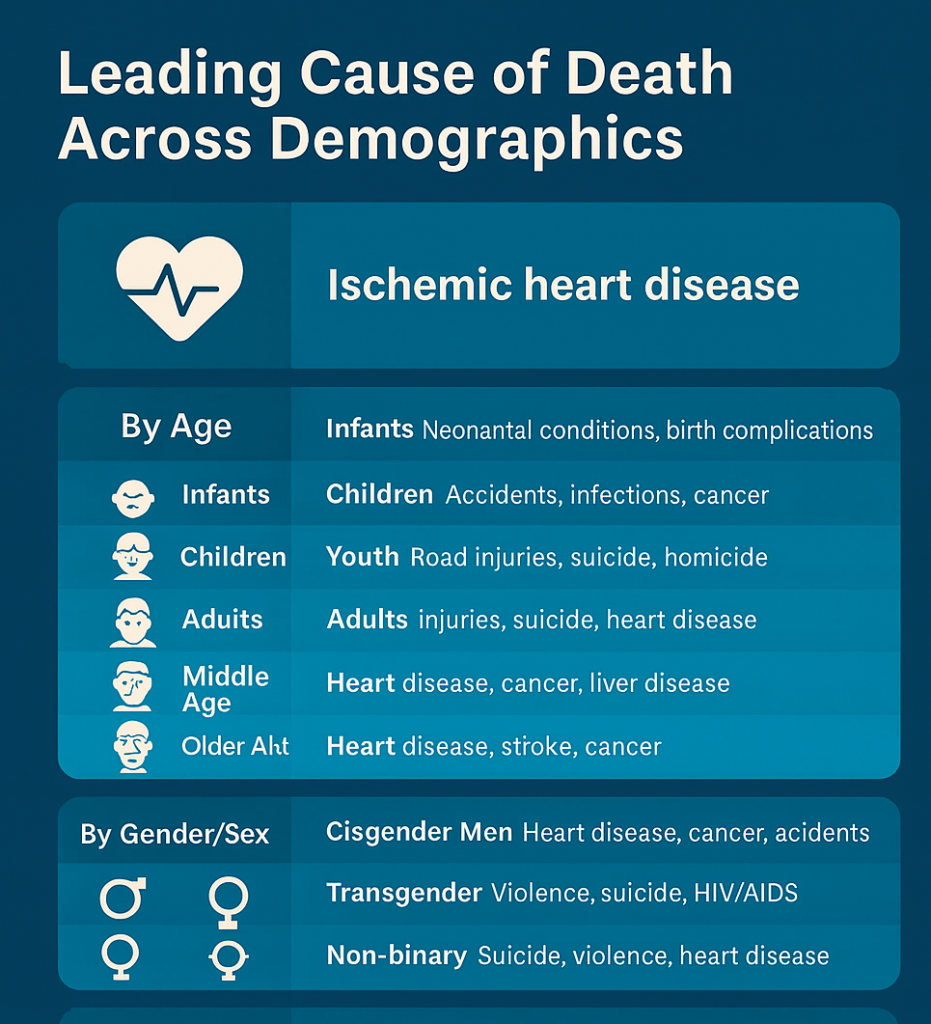1. Fact
Definition:
A fact is something that is objectively real and can be proven to be true. It exists independently of what anyone thinks or believes.
Example:
- It is a fact that Australia is in the Southern Hemisphere.
Key Points:
- Facts don’t change based on opinion.
- They can be verified with evidence (e.g. scientific data, observation, reliable records).
- Facts are the foundation upon which truth claims and beliefs can be tested.
2. Truth
Definition:
Truth is a quality of a statement or belief that accurately reflects reality or fact.
Example:
- “Australia is in the Southern Hemisphere” is a true statement because it corresponds with the fact.
Key Points:
- Truth depends on alignment with facts.
- Truth is often expressed in language or claims (“That’s true”, “That’s not true”).
- Something can be true even if no one believes it (e.g. the Earth orbited the Sun even when most people thought otherwise).
3. Belief
Definition:
A belief is something a person thinks or accepts as true, whether or not it actually is.
Example:
- Someone might believe that kangaroos can be kept as pets in all Australian states — but that belief isn’t necessarily true or factual.
Key Points:
- Beliefs are subjective — they vary between individuals and cultures.
- A belief can be true or false, depending on whether it aligns with facts.
- People often act based on their beliefs, regardless of whether they are accurate.
How They Interact
- A belief can be true or false:
→ If your belief aligns with fact, it’s true.
→ If not, it’s false — even if sincerely held.
- Truth depends on fact:
→ A statement is true if it correctly describes a fact.
- Facts stand alone:
→ They are not changed by belief or opinion.
